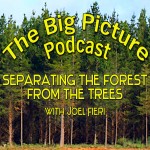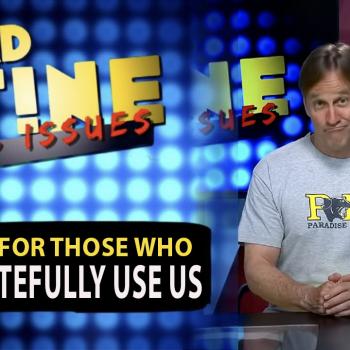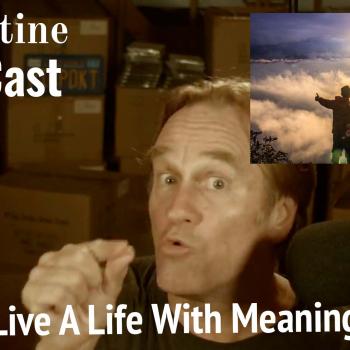To purchase the entire DVD set of the Summit Lecture Series, visit summit.org.
If science is simply the search for the natural explanation, then any type of intelligent design or creationism is ruled out before we even begin the investigation.
Now, this is not, traditionally, how science has been defined. It’s really been just in the 20th century that people have changed the definition of science. And since they have changed the definition of science, evolution has been accepted by default.
So, what is science?
Naturalist Definition: “The search for natural explanations of the world.”
Proper Definition: “The search for truth about the natural world.”
Do you see how different these are?
The Naturalist says, “We’re going to find the truth, but we’re going to limit the truth to purely natural causation and natural effects.
The second one says, “We’re going to search for the truth; and if it’s all natural, so be it. But we’re not going to preclude before the investigation exactly what those causes could be.
So, when somebody subscribing to the Naturalist Definition looks through a microscope, and look at things like DNA, would they ever include – given the vast amount of information within DNA – that there could be a Mind behind all of it?
What are they going to say? “Boy, it looks like it’s designed, there’s so much information, it looks like somebody placed it there… but we know it’s not, so now let’s go look for the natural explanation.”
A person subscribing to the proper definition of science would say, “Alright, here’s DNA, here’s information… what best accounts for this, given all of the data?”
Do you see how different of a question this is?
It all comes back to definitions.
So, to make it a bit more simple, let’s look at what scientists do. They first start by making observations of the natural world. So, if we look outside and we notice that the driveway is wet, some explanations could be: perhaps it rained, or the sprinklers came on and sprayed on it, perhaps someone washed the car… or perhaps the toddler has been running around outside without diapers. There are a lot of possibilities.
Then we make a second observation: the car is wet also. Therefore, rain, sprinklers or washing the car are still on the table (unless your toddler has a super-human bladder).
So, you have competing explanations for the facts that we know. How do we start to narrow down and determine which explanation is true? We do more investigation. Upon doing this, we discover the sky is clear. So, this rules out rain. Upon further investigation, we discover the lawn is dry, as is the street; and we find a bucket of soapy water. Therefore we know that someone recently washed the car.
An oversimplified and easy example? Yes, but it is how science works.
We look at the genealogical record, we look at living organisms, and we say, “Here are competing explanations. Which one accounts for the most data and is the best explanation?”
So, it’s not about certainty, geometrically proving something, or even absolute blind faith. It’s simply saying which explanation best accounts for the data.
Believe it or not, this is the same method that Darwin used when researching his theory of evolution. But, does his theory best account for the data?
Firstly, we need to begin with definitions.
The problem is that the word “evolution” is equivocal, which means that there are more than one definition for the word (similar to the word “bat”).
One definition for the word evolution is: change over time.
For example, there are living organisms today that are different than organisms that lived in the past. There have been changes over time in the organisms that lived. Likewise, our beliefs change over time, our bodies change over time, our priorities change over time. They all evolve. This is not a controversial definition.
But there’s a second definition, also known as “micro-evolution”, which means: change within an existing kind or species. The most famous example of this definition are Darwin’s finches.
And, we’ll discuss them and dig deeper into the definitions and theories in the following weeks.
For more engaging and educational videos and podcasts, visit the E-Squared Media Network at www.e2medianetwork.com
















